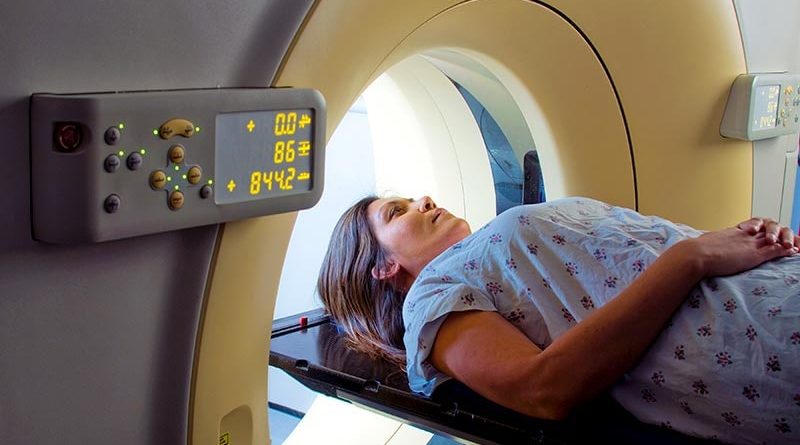Surveillance Imaging After Head, Neck Cancer Remission?
TOPLINE:
Routine surveillance imaging of asymptomatic patients following head and neck cancer remission provides no survival benefit and leads to more false positives and unnecessary procedures.
METHODOLOGY:
Surveillance imaging in patients with head and neck cancer who go into remission is controversial.
To shed light on the issue, investigators compared outcomes in 340 adults who had an unequivocally negative positron emission tomography (PET) scan within 6 months of radiation with or without chemotherapy for newly diagnosed squamous cell head and neck carcinoma.
Overall, 187 patients (55%) had ongoing imaging-based surveillance with a median of four follow-up PET, MRI, and/or CT scans. The other 153 patients (45%) — the clinically-based surveillance group — received scans only if they had symptoms of recurrence and/or suspicious exam findings.
Patients were well matched for tumor stage, treatment regimens, and other characteristics, and whether they had routine surveillance was at the provider’s discretion.
Overall, 51 recurrences occurred among all 340 patients, 32 (63%) in the imaging-based surveillance group and 19 (37%) in the clinically based surveillance group.
TAKEAWAY:
When comparing routine imaging-based surveillance vs clinically based surveillance, the investigators found no difference in 3-year local-regional control (90% vs 93%), overall survival (94% vs 93%), progression-free survival (89% vs 88%), or freedom from distant metastases (90% vs 90%).
Overall, 84 patients in the imaging surveillance group (45%) had a biopsy of which 41 showed pathological evidence of cancer, yielding a positive predictive value of 49% — meaning only about half of positive biopsies represented a true positive result; the most common source of false-positive findings included fibrosis or necrotic tissue.
And 37 patients in the clinical surveillance group (24%) had a biopsy of which 33 showed pathological evidence of cancer, yielding a positive predictive value of 89%.
The rate of neck dissection was 9% in the surveillance arm vs 2% in the clinical management arm.
IN PRACTICE:
“The results of the present study, while seemingly paradoxical, are consistent with those of others which have failed to demonstrate a benefit to surveillance imaging among patients who have successfully completed treatment for head and neck cancer,” the authors concluded. “These findings suggest that the routine imaging of asymptomatic patients in remission from head and neck cancers should be discouraged [and] the high rates of false-positive tests were of concern.”
The authors also noted that the “underlying reasons for why surveillance imaging continues to be performed are speculative but may be associated with external factors, such as pressure from peers and supervisors, the convenience with which a test can be ordered, demands by the patient and/or family, and the desire to avoid malpractice claims.”
SOURCE:
The work, led by Allen Chen, MD, of the University of California, Irvine, was published November 10 in JAMA Network Open.
LIMITATIONS:
The analysis was not a randomized trial, and the small number of patients involved made it impossible to determine if certain cohorts might benefit more from surveillance than others. HPV status wasn’t known for many patients and might not have been balanced between the groups — an issue because HPV-status influences outcome.
DISCLOSURES:
There was no external funding, and the investigators report no relevant financial relationships.
M. Alexander Otto is a physician assistant with a master’s degree in medical science and a journalism degree from Newhouse. He is an award-winning medical journalist who worked for several major news outlets before joining Medscape. Alex is also an MIT Knight Science Journalism fellow. Email: [email protected]
Source: Read Full Article
